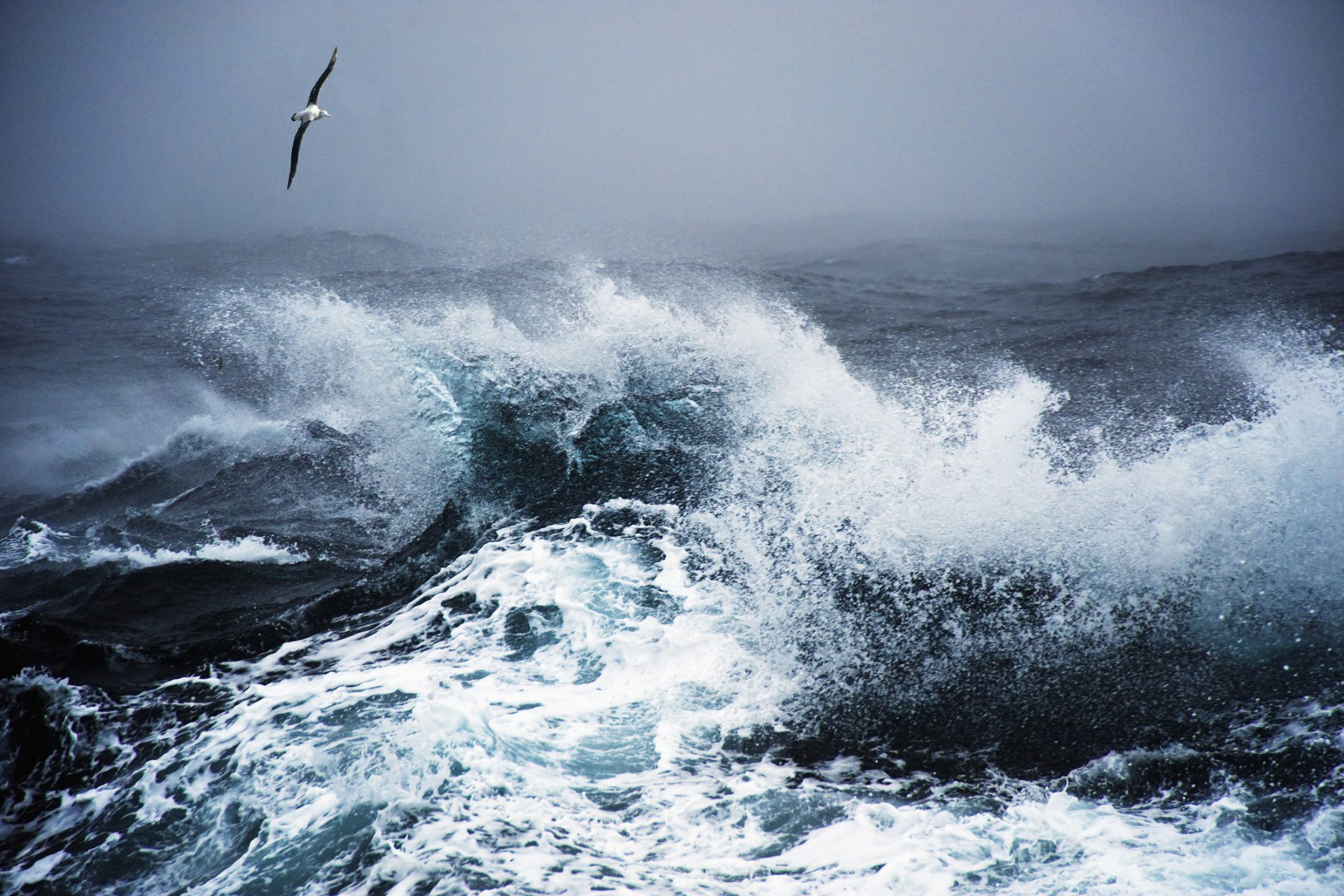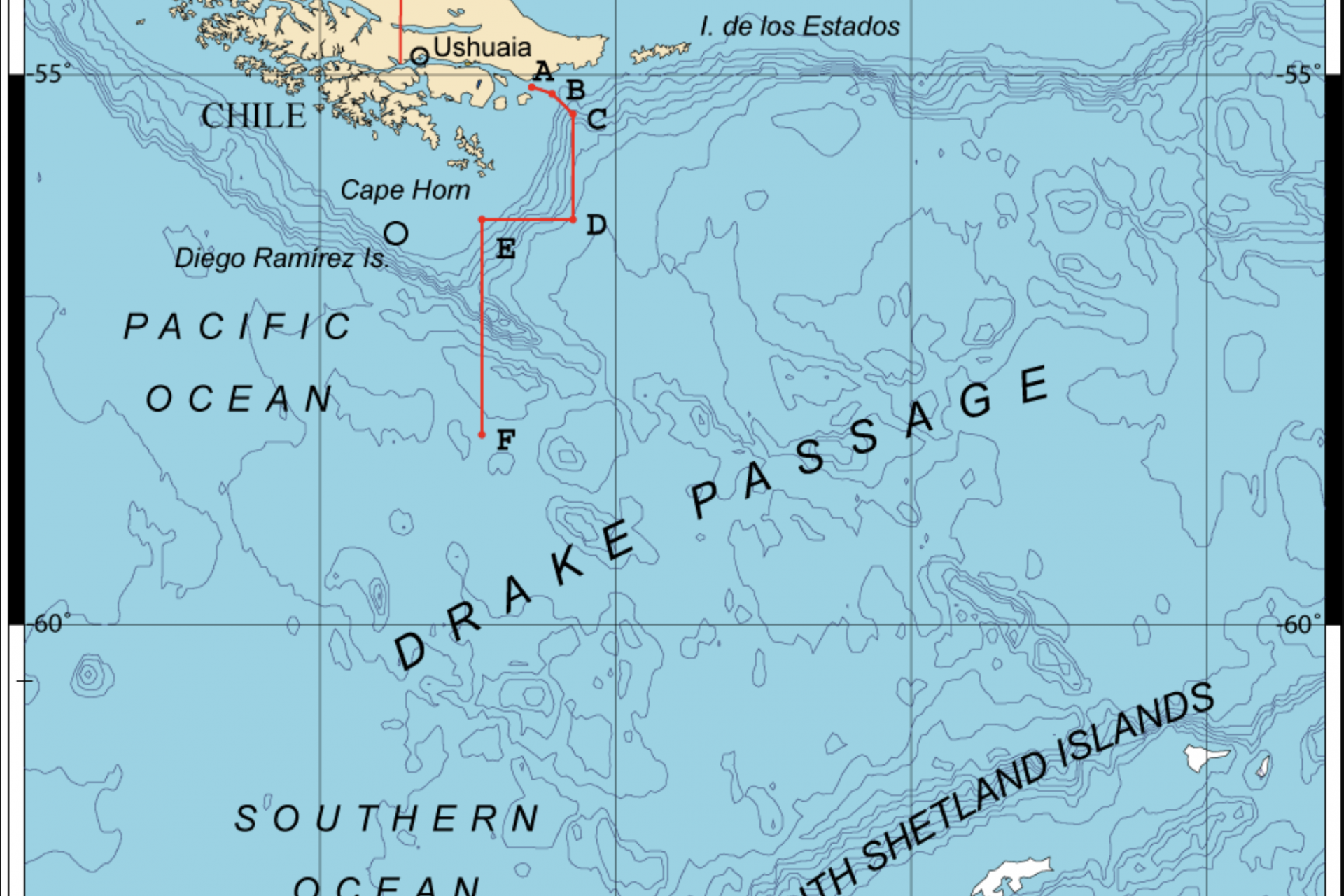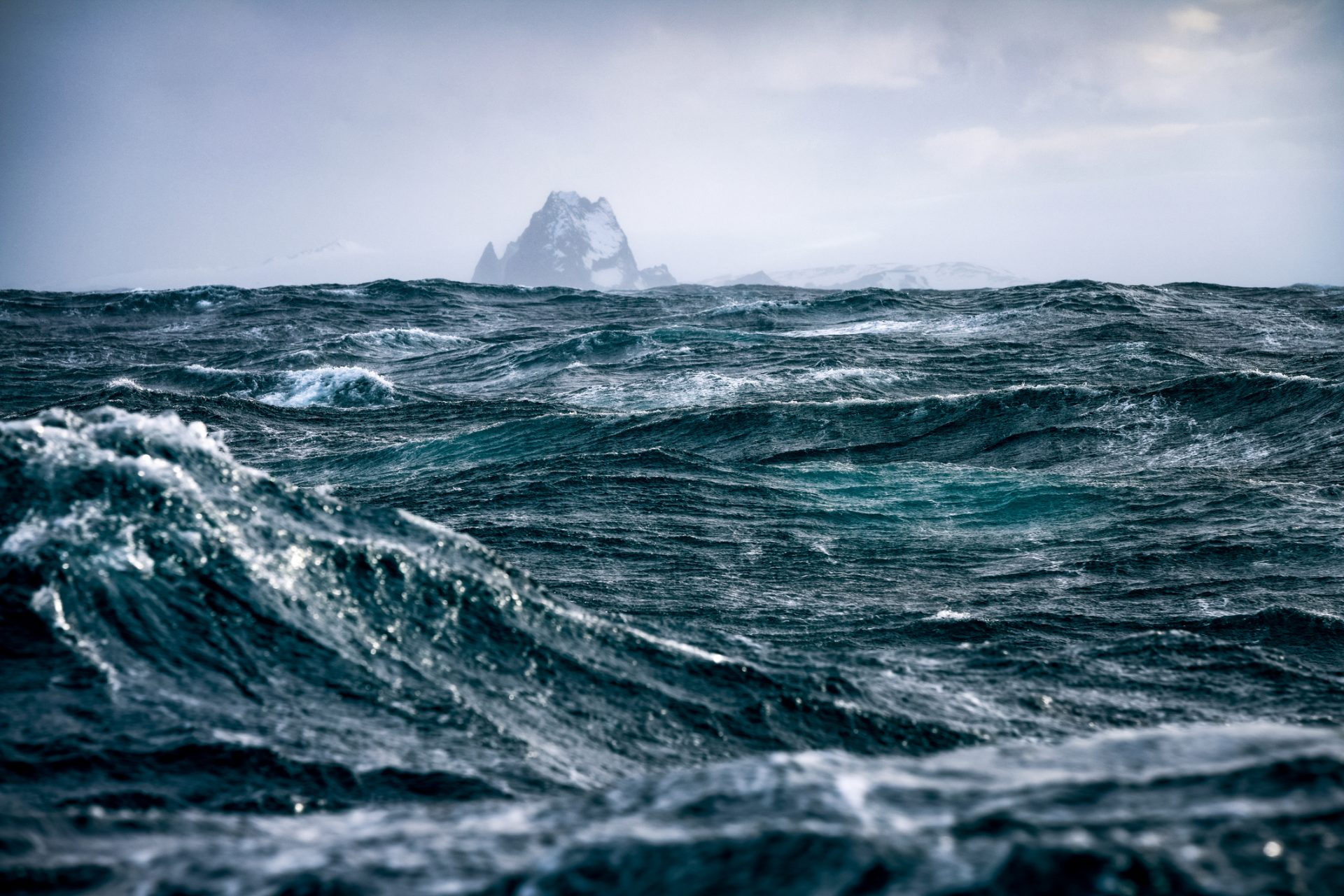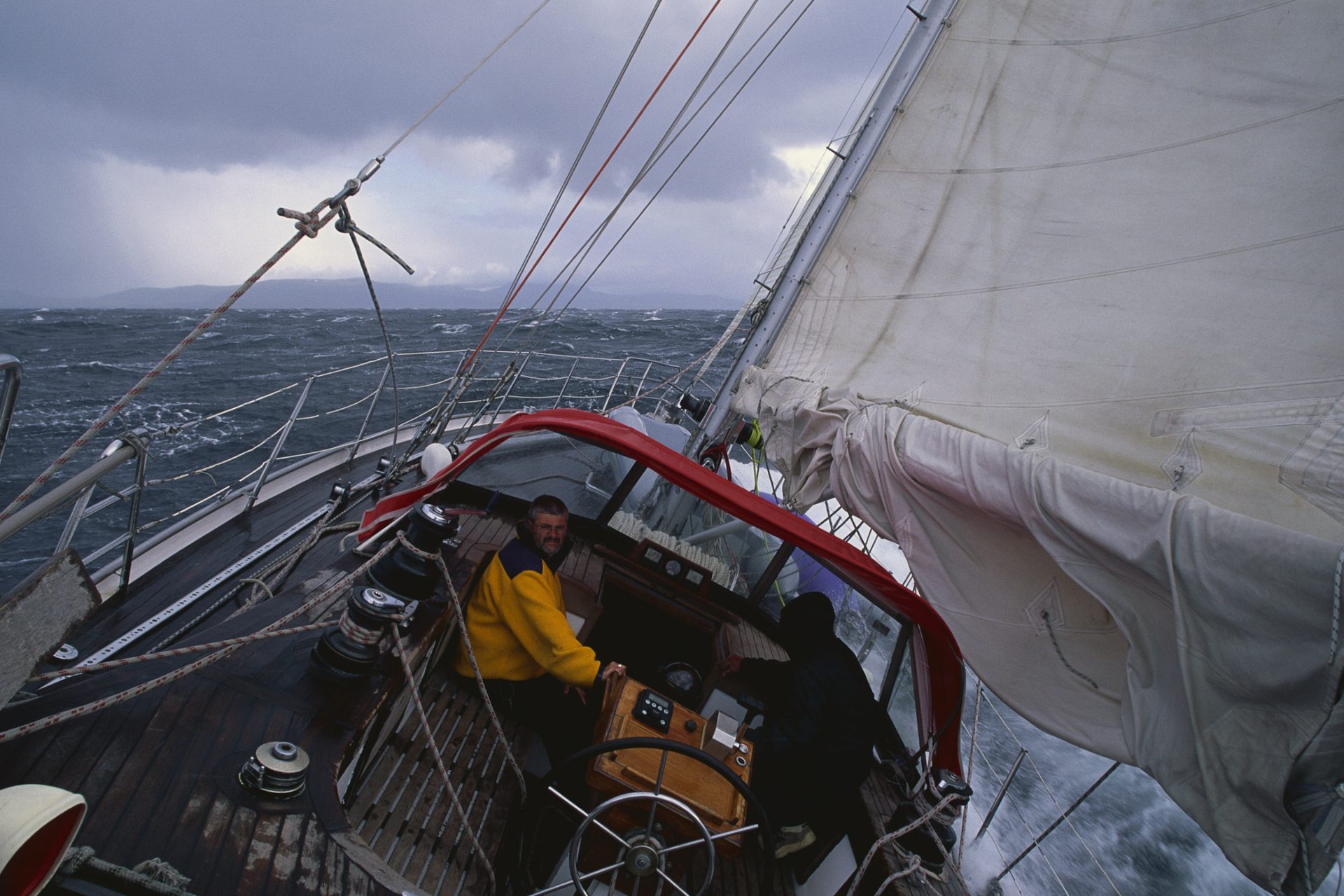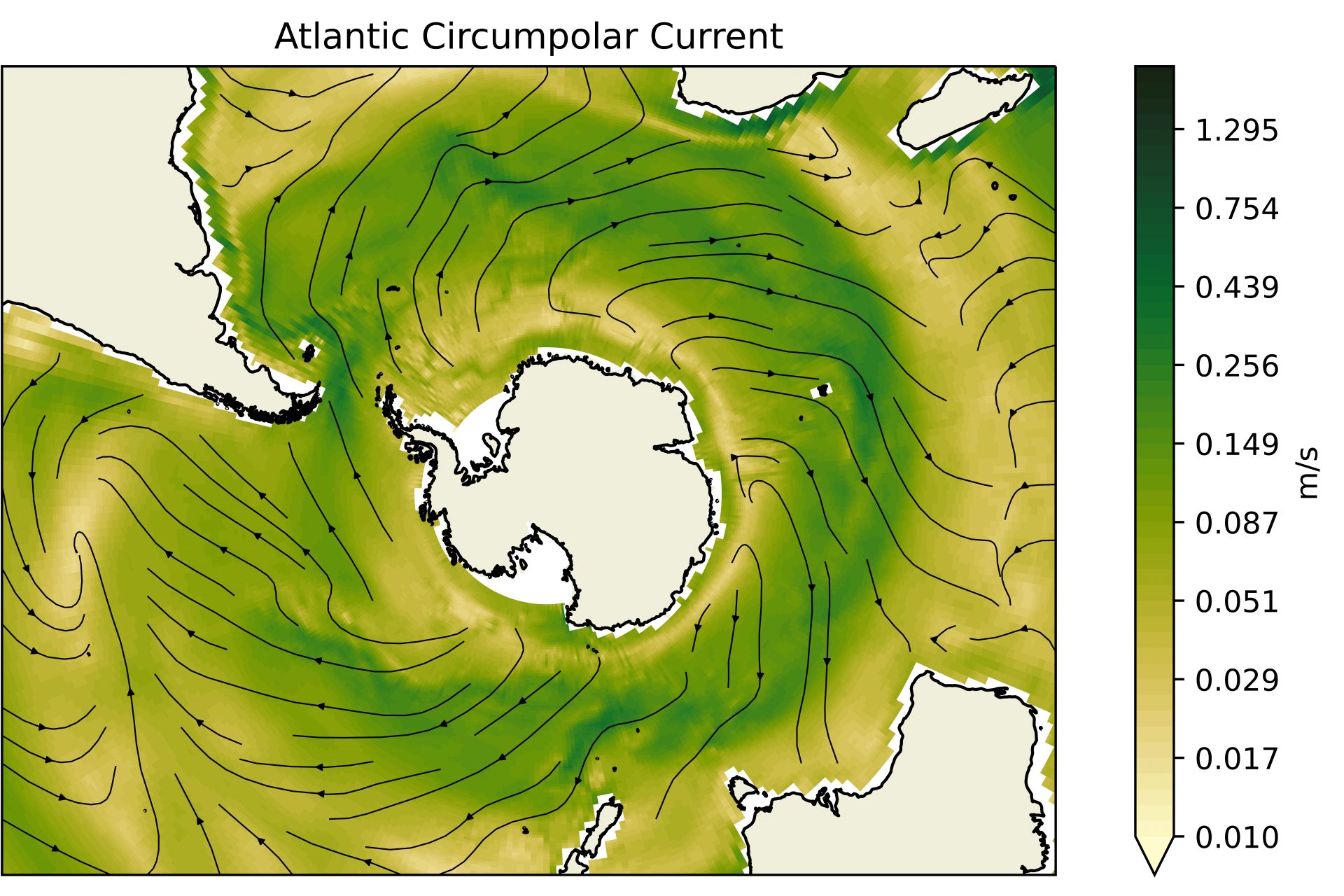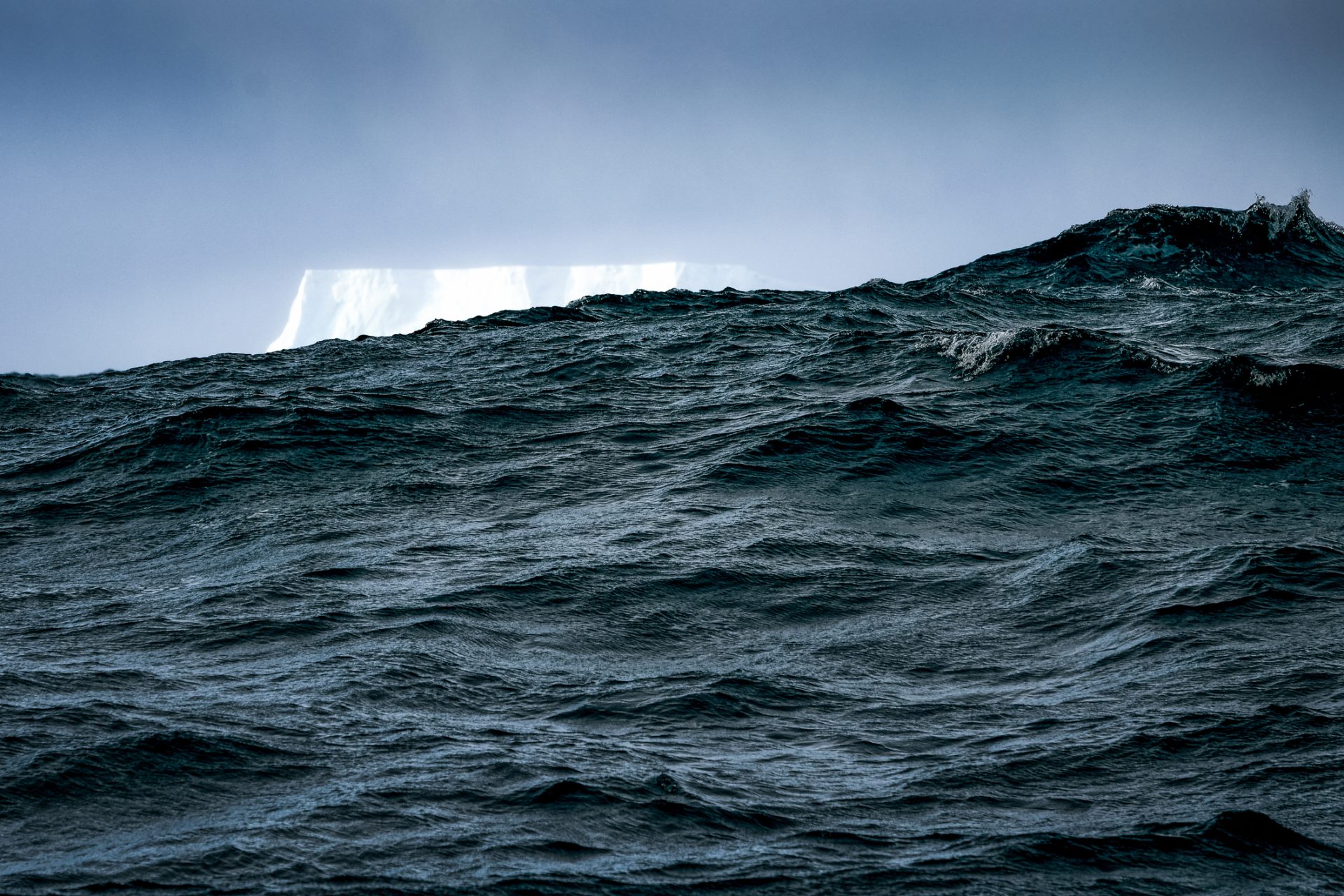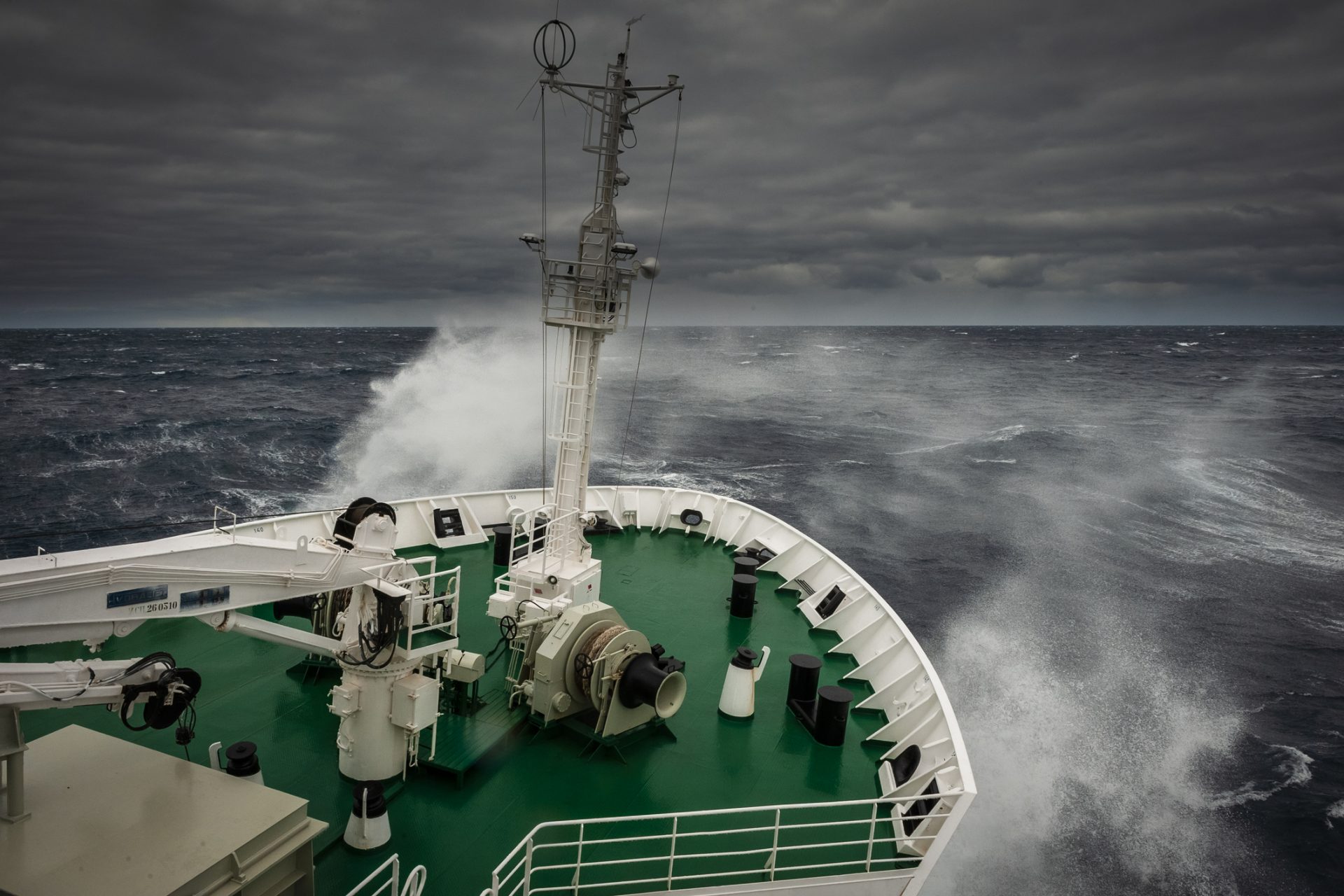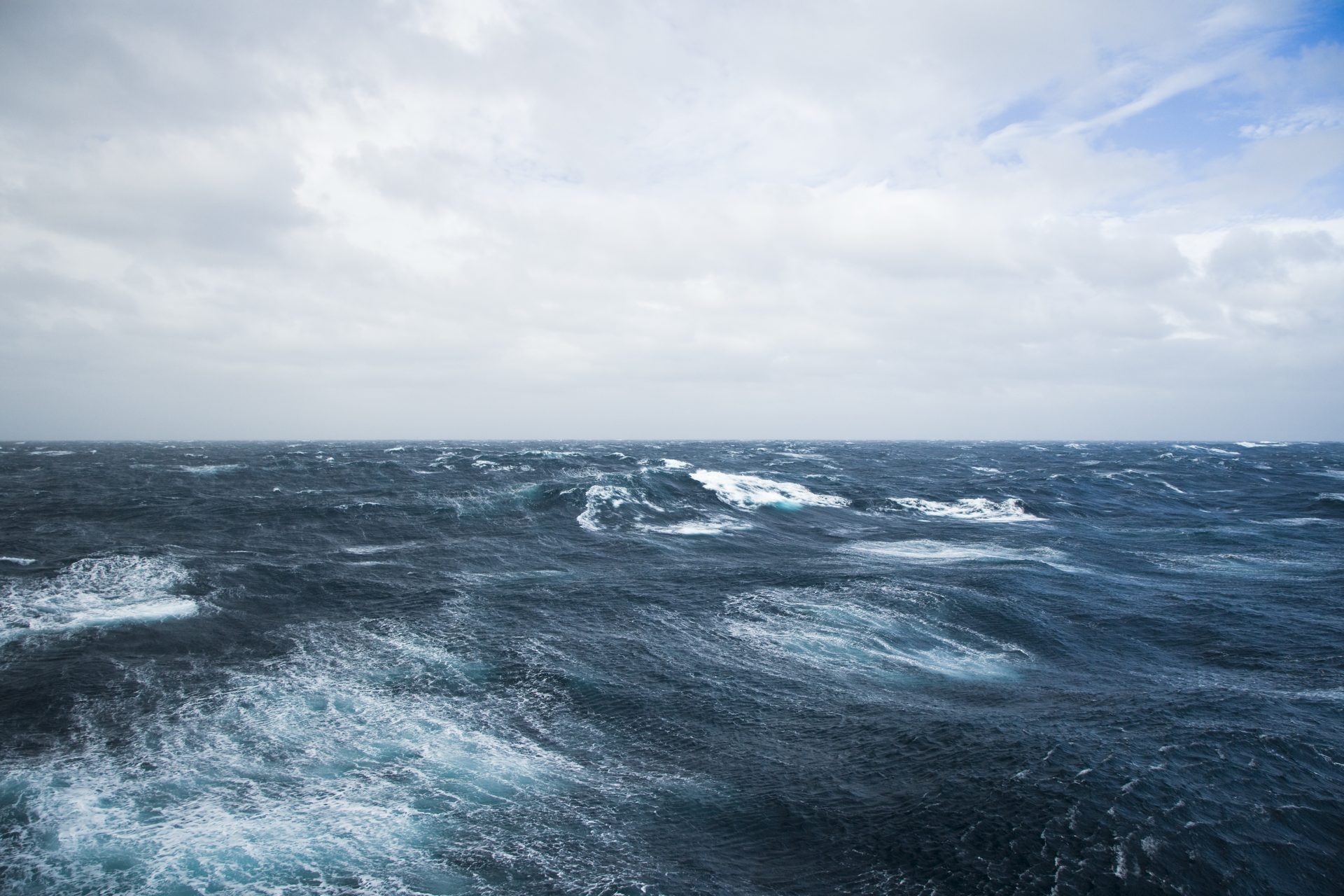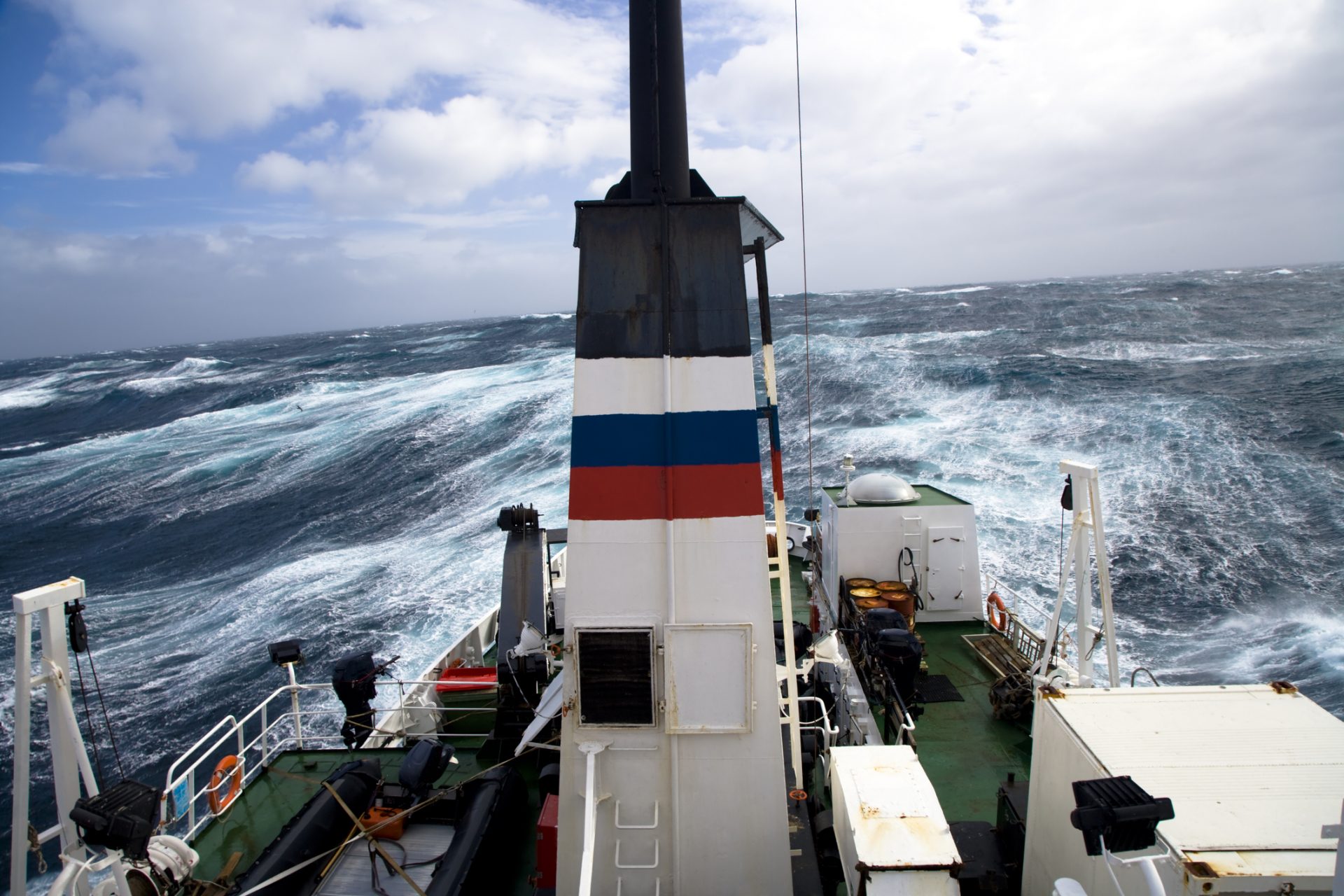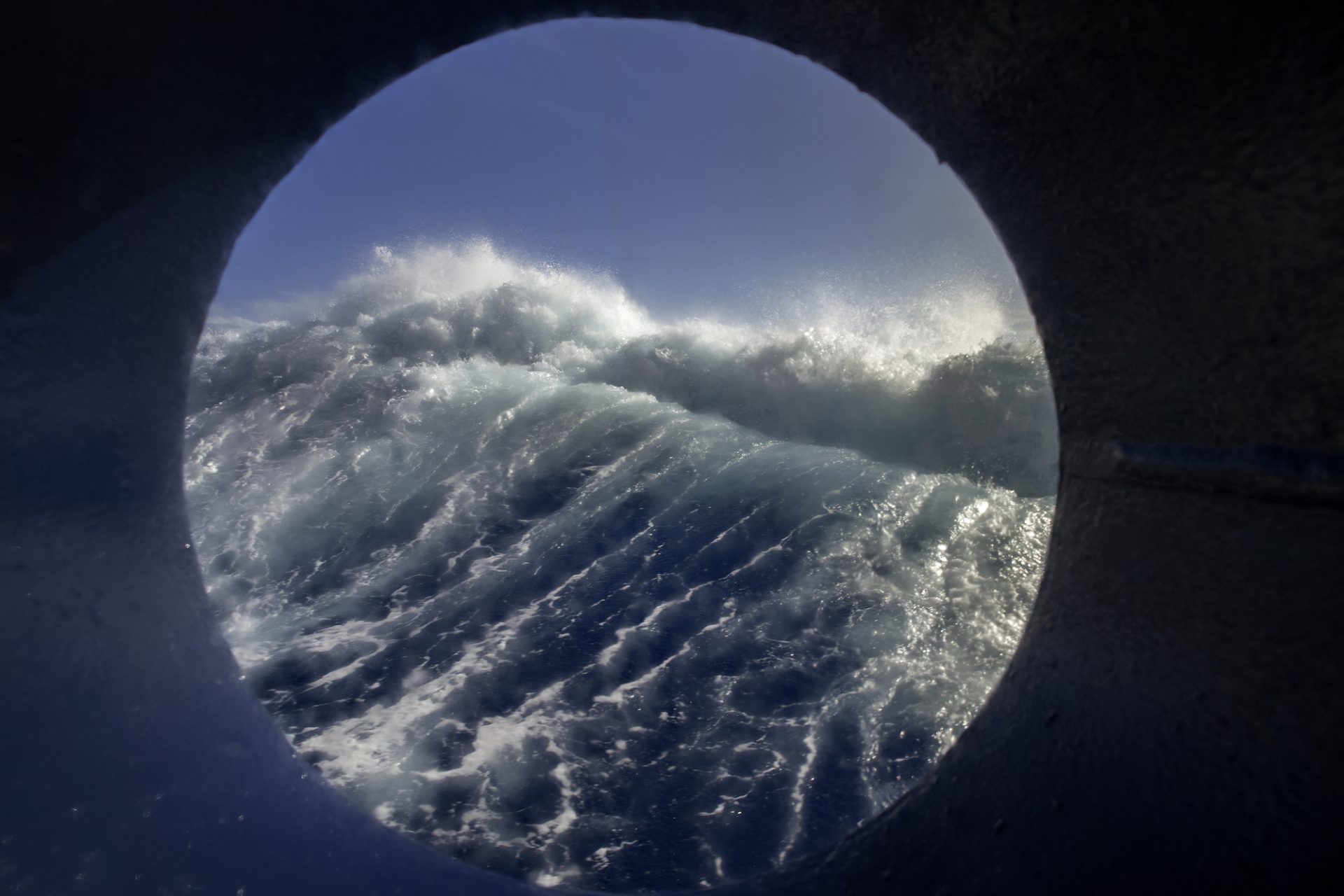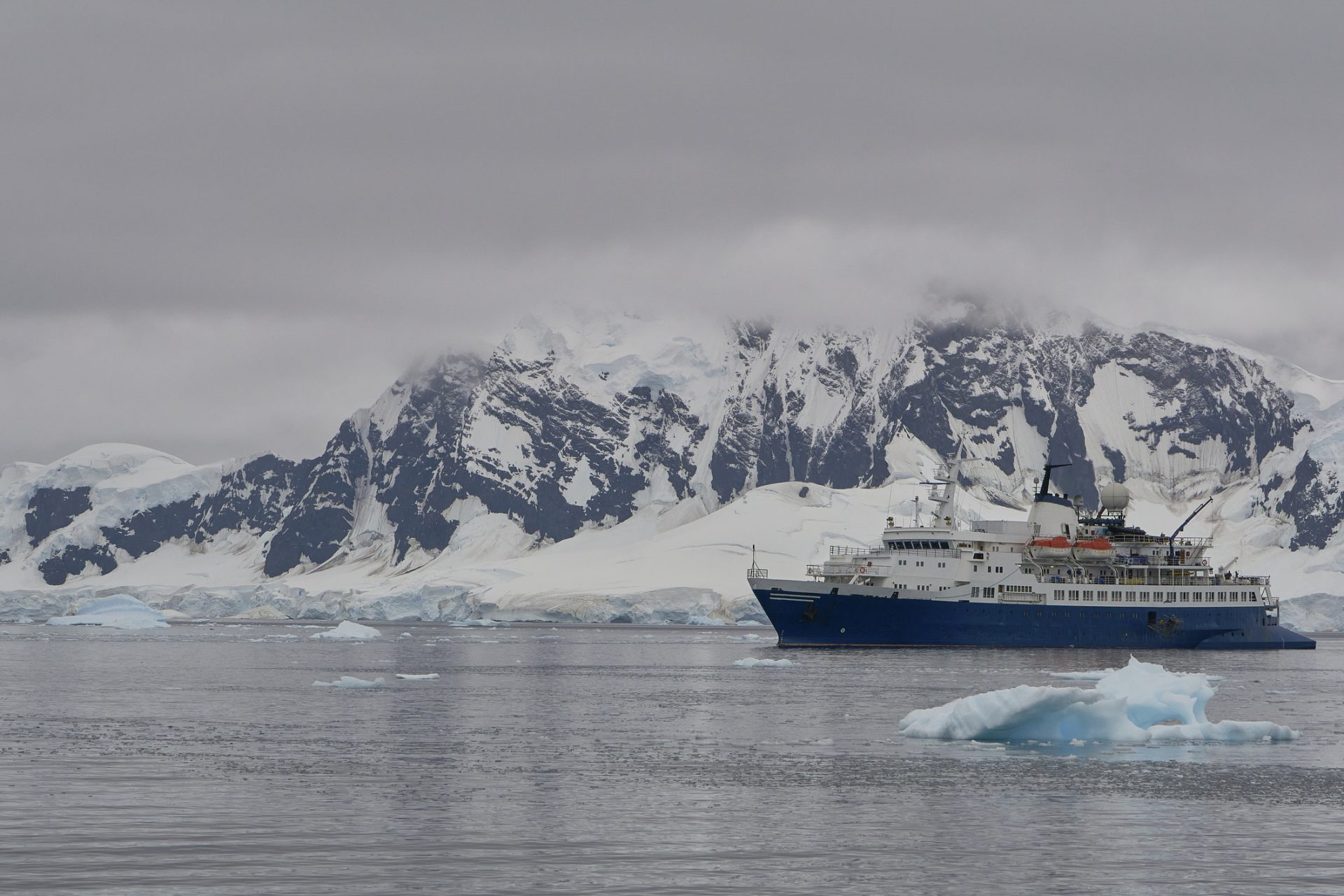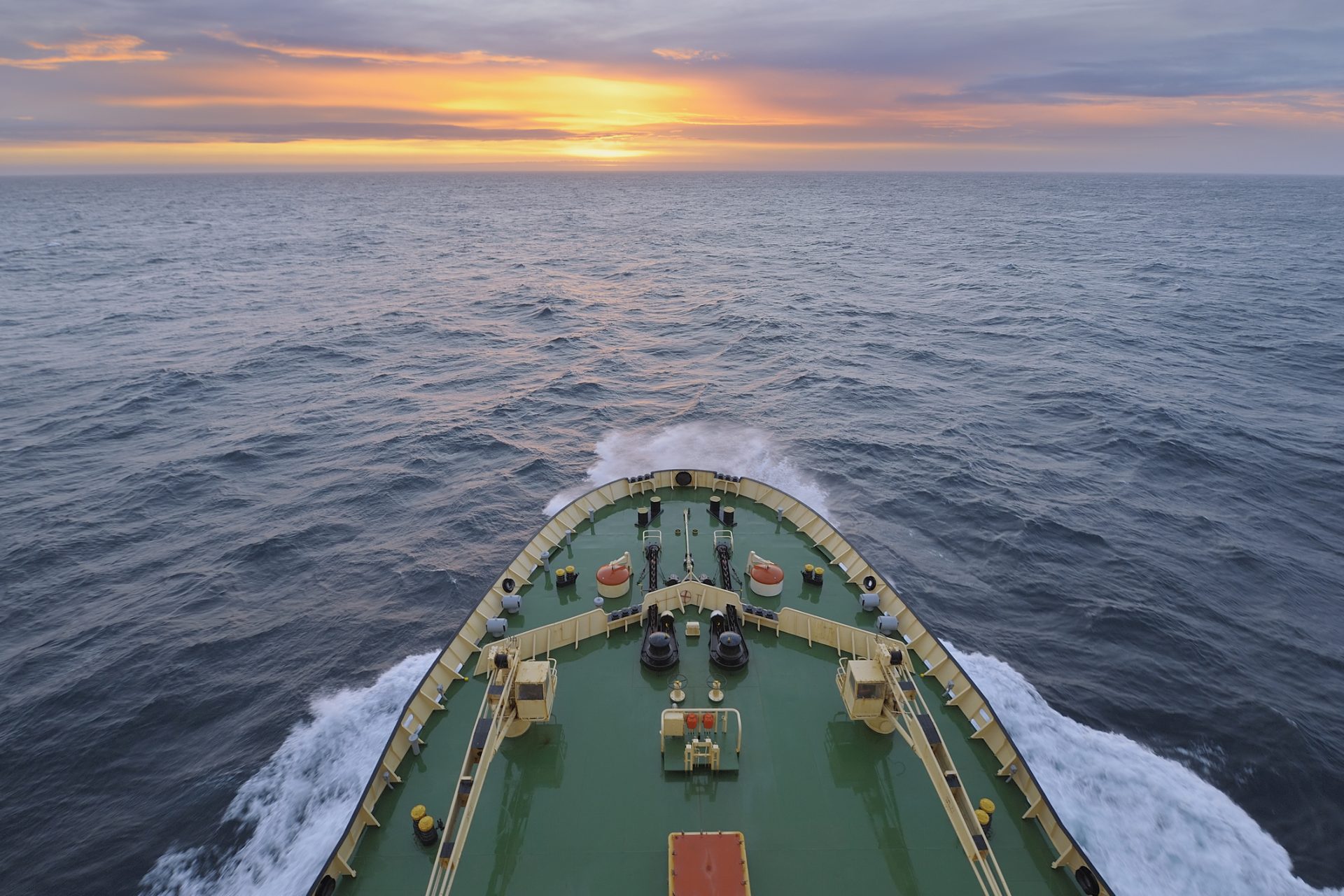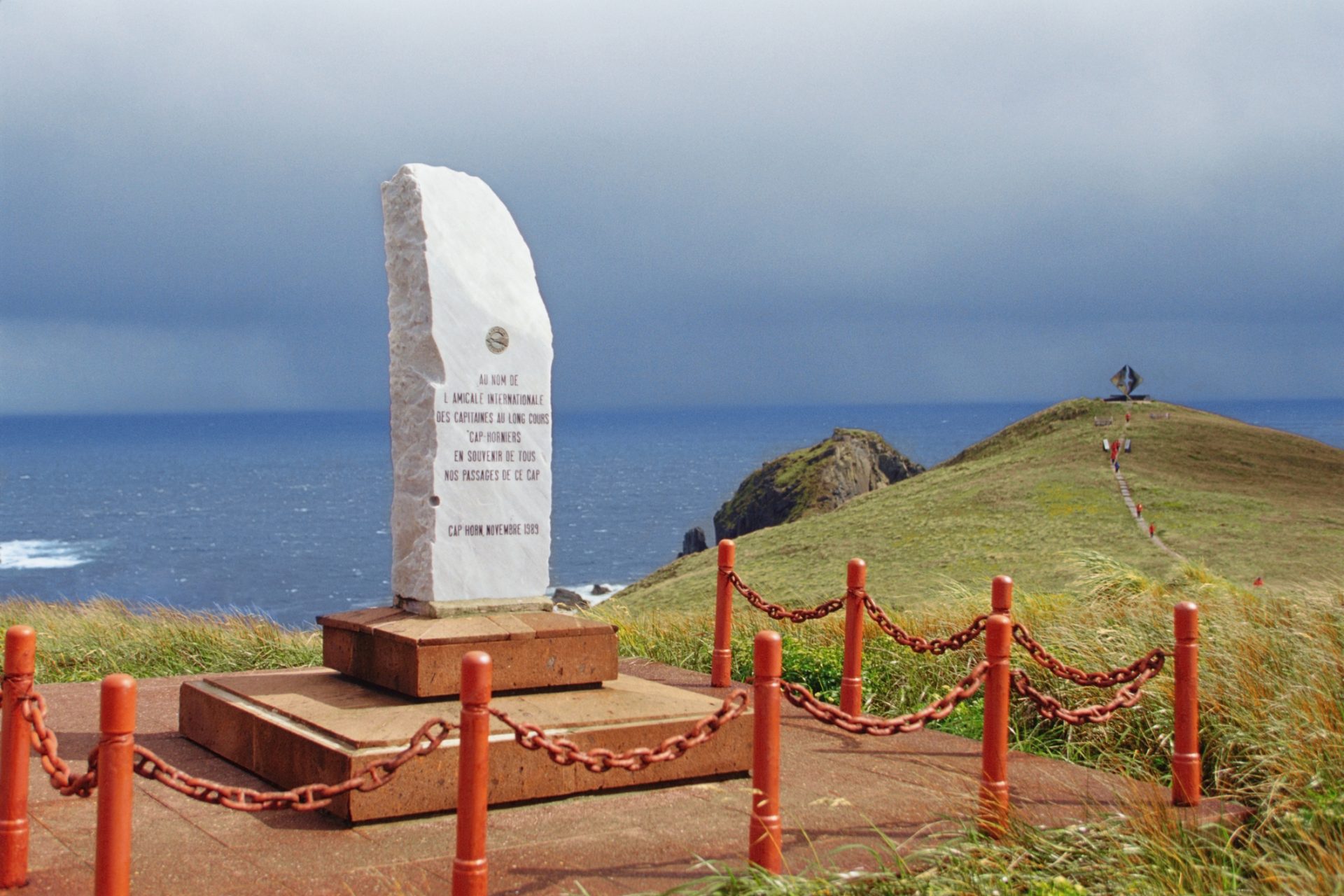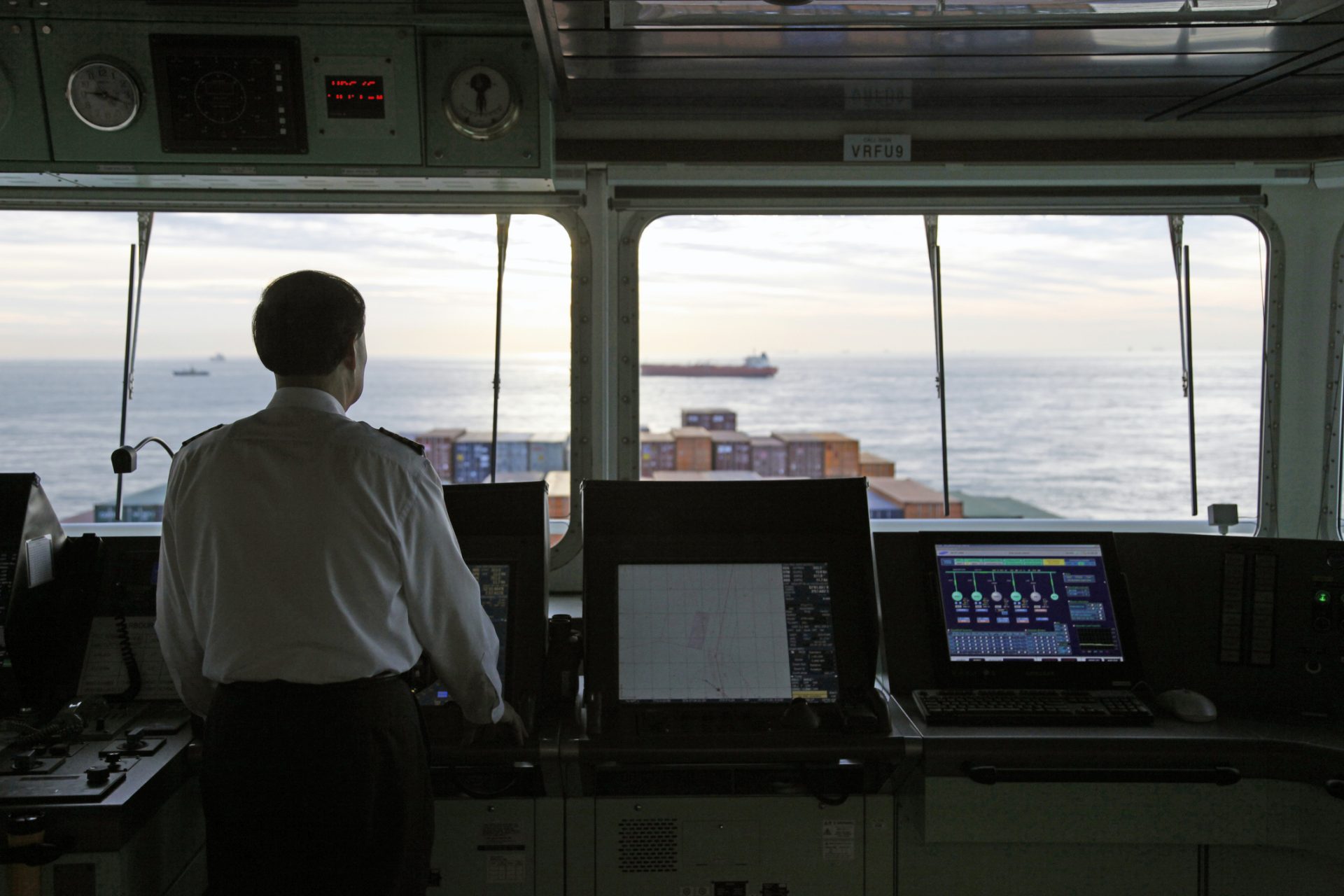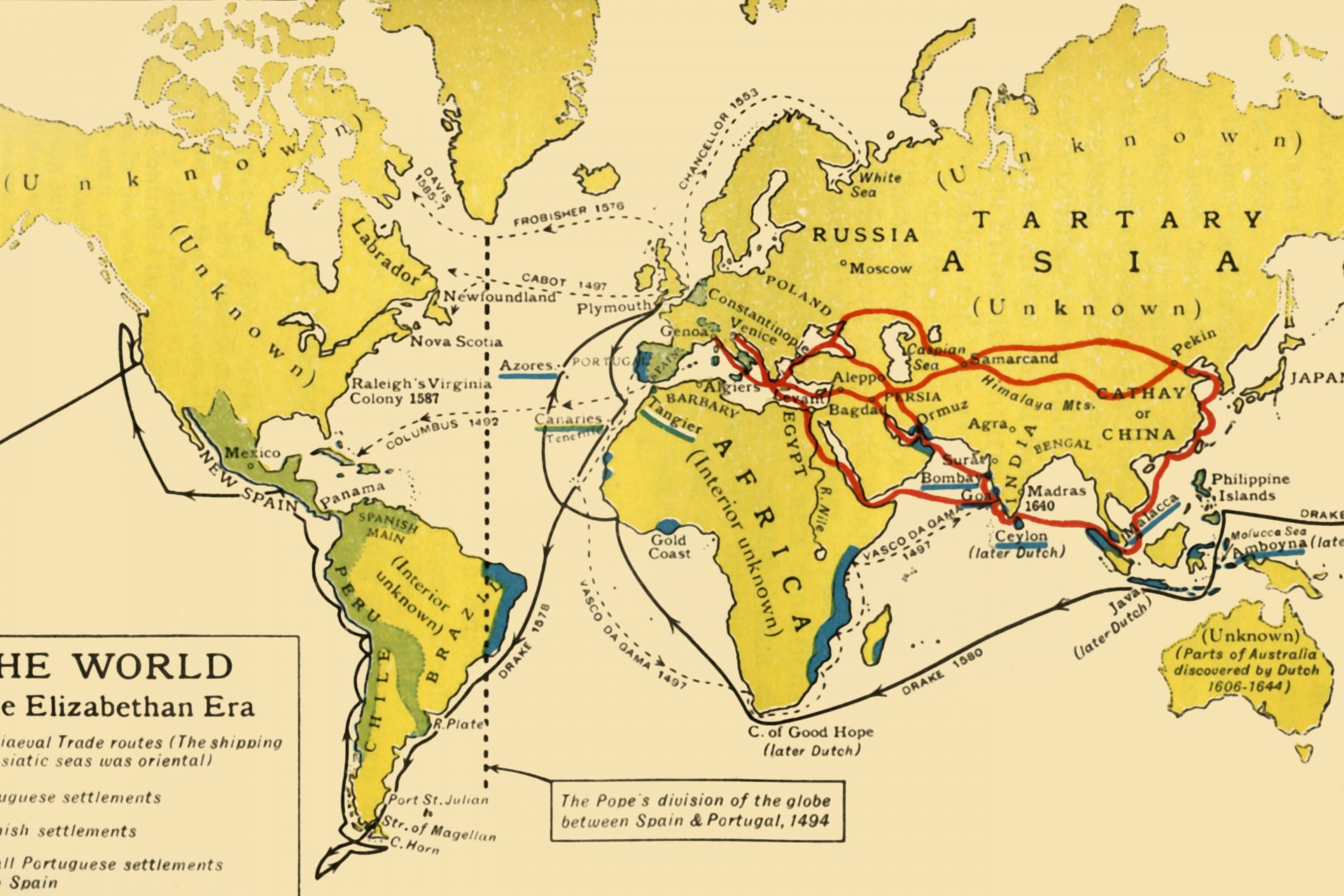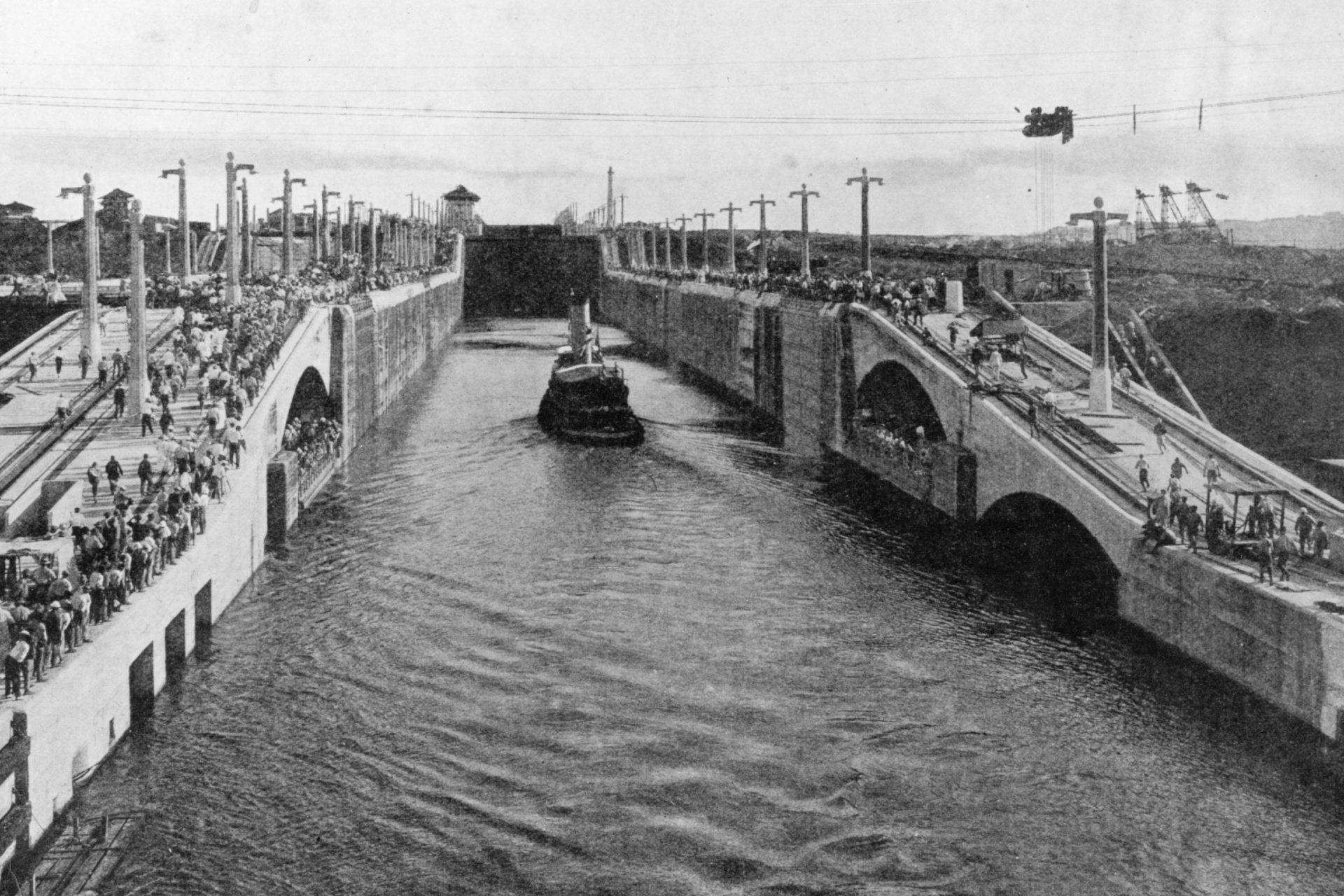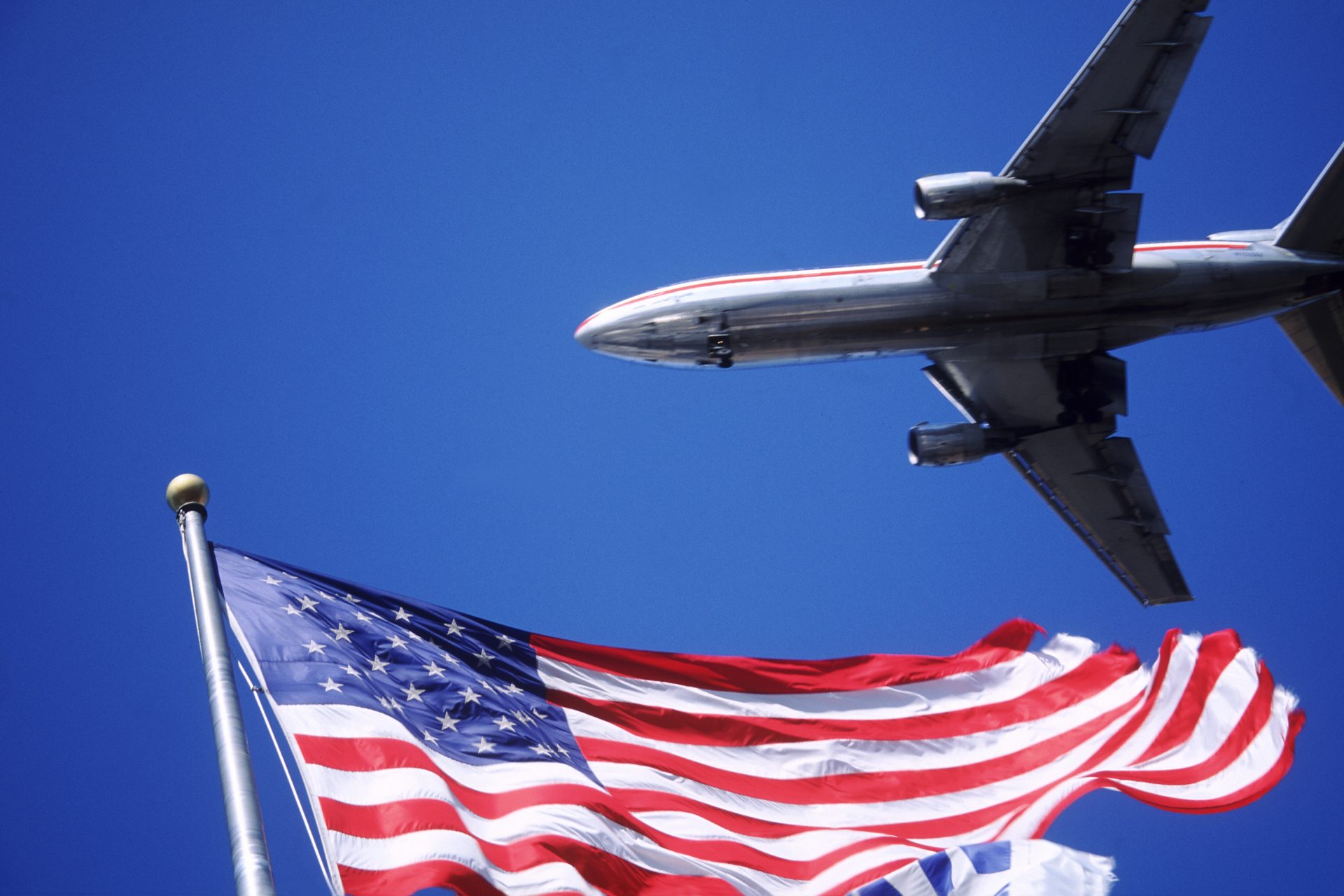Meet the Drake Passage: the world’s most treacherous sea crossing
The ocean is one of the most terrifying places on Earth if you really stop and think about all the worrying weather and rogue waves. However, there is one stretch of water that is scarier than the rest. It's known as the Drake Passage.
Located between the tip of South America’s Cape Horn and the South Shetland Islands in Antarctica, the Drake Passage has gained an international reputation for being one of the most dangerous sea crossings a vessel can endure.
Photo Credit: Wiki Commons By GMT (OMC) base map modified by Giovanni Fattori, CC BY-SA 3.0
“It’s the body of water that instills fear and inspires sailors in equal measure,” wrote CNN travel writer Julia Buckley about the Drake Passage’s infamy. “Six hundred miles of open sea, and some of the roughest conditions on the planet.”
What makes the Drake Passage such a scary part of the ocean to cross are the intense winds that batter the 600-mile (1,000 km) stretch of ocean, which are brought on by the unique climate and geographical conditions that occur in the harsh waters.
Encyclopedia Britannica explained that the Drake Passage is the spot where the humid and cool air of the Tierra del Fuego’s sub-arctic conditions meet with the polar region of Antarctica, a situation that leads to a lot of nasty weather.
Julia Buckley explained it a little better and wrote that the tip of South America and the top of Antarctica created a “pinch point effect” that squeezed water between continents, but this isn’t the main cause of the passage’s insane winds.
Photo Credit: By EdoB99 - Own Work, CC BY-SA 4.0
The Drake Passage is the only place on Earth where the world’s winds can push around the globe without hitting any land, Alexander Brearley, Head of Ocean Operations at the British Arctic Survey, explained to CNN about the passage.
Land plays a crucial role in dampening the power of storms, and without any big land mass in the Drake Passage, winds tend to get a bit out of control. This is what makes it such a treacherous body of water to cross. But how bad is it really?
Winds overwhelmingly blow west to east along the Drake Passage and things get their worst between the latitudes of 40 to 60. The conditions in this part of the passage have even been given their own nicknames: the ‘roaring forties’ and ‘screaming sixties’.
Alexander Brearley explained that winds in the middle of the Drake Passage could have been blowing for over 600 miles (1,000 km) from the position of a vessel. “Kinetic energy is converted from wind into waves, and builds up storm waves.”
The waves in the Drake Passage are no joke. Brearley explained to Buckley that waves in the region can reach upwards of 49 feet (15m) but also added that those cases were the outliers. Most waves only reached 13 to 16 feet (4-5m).
“It’s always interesting when you go to dinner and they put sticky mats on all the tables to make sure your plates and things don’t slide around,” Physical Oceanographer Karen Heywood told National Geographic about one of her trips through the Drake Passage.
But it isn’t just giant waves that ship captains need to worry about. It's also the fear of it that has been instilled in every sailor who has passed through the passage. The Drake has been wrecking ships and killing sailors for centuries.
Buckley noted there is a monument at the tip of Cape Horn to the roughly 10,000 sailors who have lost their lives to the Drake Passage, but Natural Habitat Adventures reported the waters have claimed 20,000 and 800 ships.
“You have to have a healthy fear,” ship captain Stanislas Devorsine told Buckely. “It’s something that keeps you focused, alert, sensitive to the ship and the weather. You need to be aware that it can be dangerous – that it’s never routine.”
The Drake Passage was first explored by Spanish navigator Francisco de Hoces, which is why the area's name in Spanish is Mar de Hoces. But the passage received its English name from famed English sailor Francis Drake in 1578 according to Wikipedia.
Since its discovery by Europeans, the Drake Passage has played an important role in trade but things really took off in the 19th and 20th centuries according to Encyclopedia Britannica, which noted trade only fell off after the Panama Canal was opened in 1914.
More for you
Top Stories



